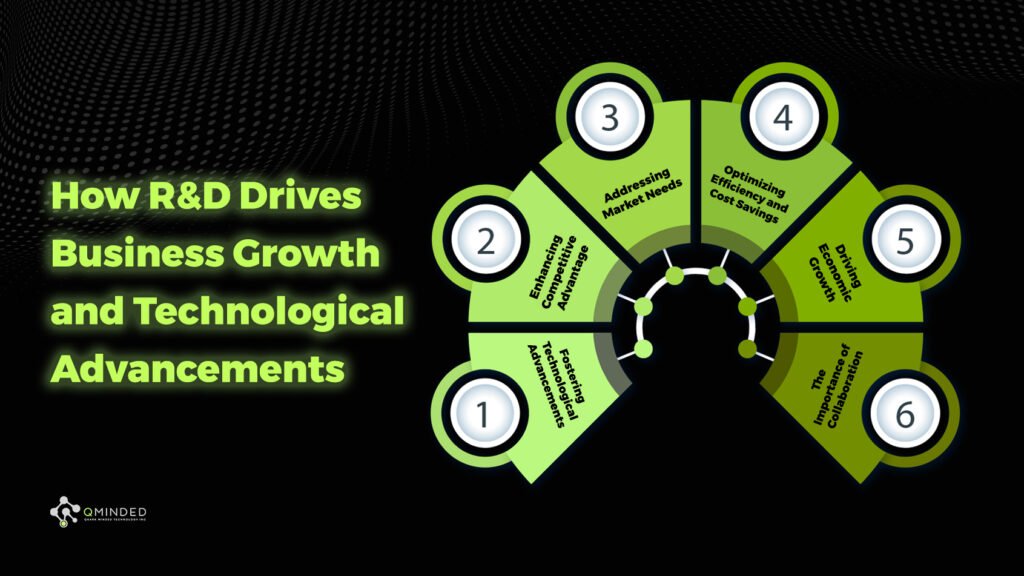How R&D Drives Business Growth and Technological Advancements
In today’s fast-paced and competitive business environment, research and development (R&D) play a pivotal role in driving growth and fostering innovation. From startups to multinational corporations, businesses across industries rely on R&D to stay ahead of the curve, solve complex problems, and create new products or services that meet market demands. Here’s how R&D is unlocking innovation and fueling business success:
1. Fostering Technological Advancements
One of the most significant contributions of R&D is its role in developing new technologies. Through systematic research, businesses can create breakthrough innovations that revolutionize industries. Whether it’s in artificial intelligence, biotechnology, or clean energy, R&D helps transform concepts into tangible, cutting-edge solutions. These advancements not only enhance business operations but also create new markets and revenue streams.
2. Enhancing Competitive Advantage
Businesses that invest in R&D gain a distinct competitive edge by developing unique products or improving existing ones. By continuously innovating, they can differentiate themselves in the marketplace, attracting customers who seek the latest and most advanced solutions. This competitive advantage is crucial for long-term growth and success, particularly in industries where technological disruption is constant.
3. Addressing Market Needs
R&D enables businesses to adapt to changing market conditions and meet evolving customer needs. Through ongoing research, companies can identify emerging trends, customer preferences, and untapped markets. This allows them to tailor their products or services to address specific demands, ensuring they remain relevant and resilient in a rapidly changing world.
4. Optimizing Efficiency and Cost Savings
Innovation isn’t always about developing entirely new products; it can also involve improving existing processes. R&D can help businesses streamline operations, reduce costs, and increase productivity. By adopting new technologies, processes, or materials, companies can optimize their supply chains, improve manufacturing efficiency, and reduce waste, all of which contribute to better profitability.
5. Driving Economic Growth
On a broader scale, R&D is a key driver of economic growth. As businesses innovate, they create jobs, stimulate investment, and contribute to the development of new industries. Countries that prioritize R&D are more likely to experience higher levels of productivity, technological leadership, and global competitiveness. Governments also support R&D initiatives through tax incentives and funding programs, recognizing its crucial role in fostering innovation-driven economies.
6. The Importance of Collaboration
Innovation is rarely a solo effort. Collaboration between businesses, research institutions, and governments enhances the effectiveness of R&D initiatives. By pooling resources, knowledge, and expertise, organizations can accelerate the pace of innovation and solve complex problems more efficiently. Open innovation and partnerships also provide access to new ideas and perspectives, driving breakthroughs that wouldn’t be possible in isolation.

Conclusion
R&D is the engine that powers innovation, growth, and technological progress. By investing in research and development, businesses not only advance their products and services but also contribute to broader societal progress and economic growth. As the world continues to evolve, R&D will remain a cornerstone of business strategy, helping organizations stay competitive, meet market demands, and unlock new opportunities for success.
The future of innovation lies in the hands of those who prioritize R&D, making it an essential component for any business looking to thrive in the digital age.


